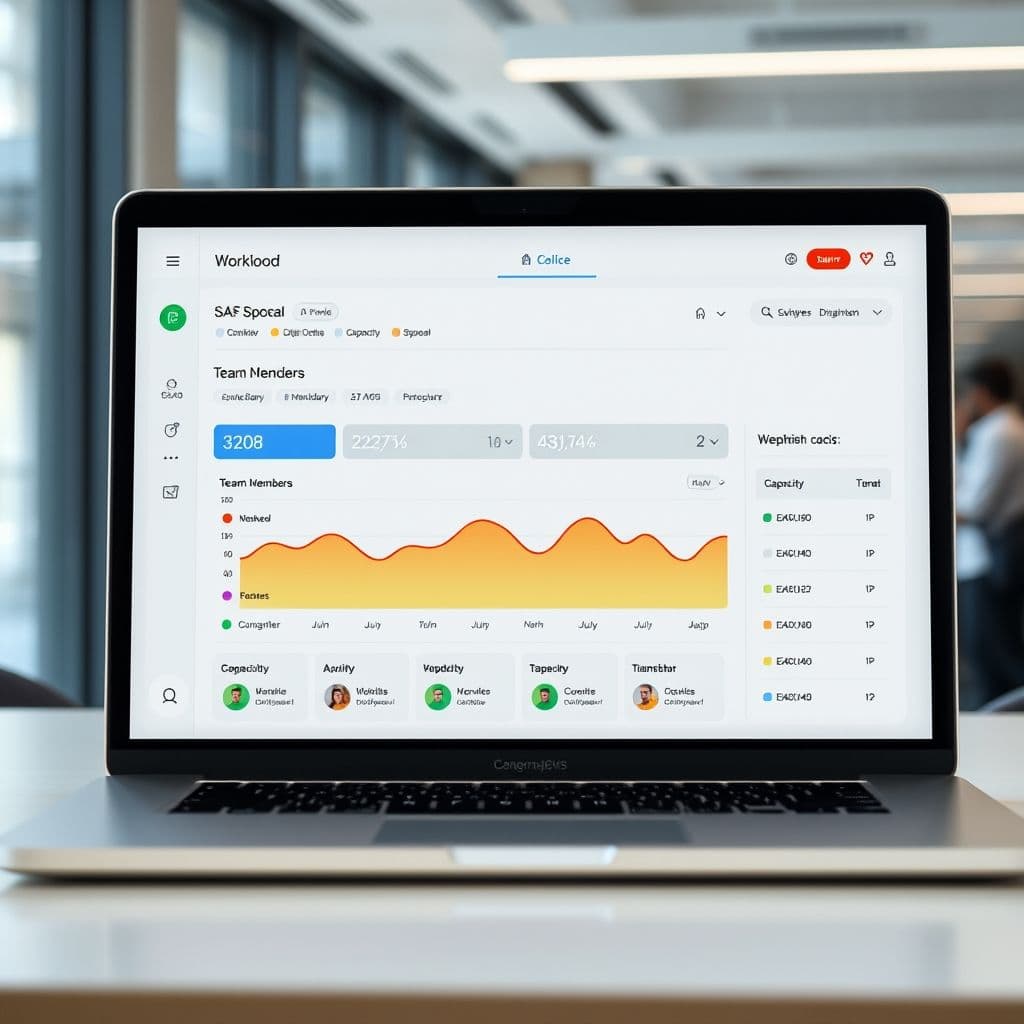Workplace Burnout Crisis: How a SaaS Solution Could Help Employees Set Boundaries

Workplace burnout is a growing epidemic, with employees feeling trapped in toxic environments where boundaries are nonexistent and workloads are unsustainable. Many high-performing professionals believe changing jobs is the solution, only to find the same patterns repeating. But what if technology could help break this cycle? Let's explore how a hypothetical SaaS platform could empower employees to reclaim their well-being while maintaining high performance.
The Burnout Epidemic: Symptoms and Causes
Modern workplaces are breeding grounds for burnout, characterized by chronic stress, emotional exhaustion, and decreased productivity. Employees report being unable to say no, working nights and weekends to prove themselves, and feeling their efforts go unrecognized. The root causes often include unrealistic workloads, lack of boundaries, and toxic management practices that prioritize output over employee well-being.

A Potential SaaS Solution: Boundary Empowerment Platform
Imagine a platform that helps employees track and communicate their capacity in real-time. This hypothetical SaaS solution could feature workload visualization tools, automated boundary-setting mechanisms, and manager dashboards showing team stress levels. By making invisible workloads visible, it could facilitate healthier conversations about capacity and expectations.
Key features might include a capacity meter that turns red when workload exceeds sustainable levels, automated responses for after-hours requests, and anonymized team well-being reports that help managers identify burnout risks before they escalate. The platform could integrate with existing calendar and project management tools to provide a holistic view of employee capacity.
How This Could Transform Work Culture
Such a tool could shift workplace dynamics by creating transparency around workload distribution and boundary respect. Employees might gain confidence in saying no when their capacity meter indicates overload, while managers could use data to redistribute tasks more equitably. Over time, this could lead to more sustainable work practices and reduced turnover.

Implementation Challenges and Considerations
While promising, such a platform would need careful design to avoid becoming just another surveillance tool. Privacy protections would be essential, as would features that empower rather than punish employees. The system would need to accommodate different work styles while maintaining its core mission of preventing burnout.
Conclusion
Workplace burnout won't be solved by job-hopping alone. A well-designed SaaS solution could provide the tools and data needed to create healthier work environments where high performance doesn't come at the cost of employee well-being. While this remains just an idea today, it highlights the potential for technology to address one of modern work's most pressing challenges.
Frequently Asked Questions
- Wouldn't managers just use this data to identify 'weak' employees?
- This is why careful design would be crucial. The hypothetical platform would need to focus on systemic issues rather than individual performance, perhaps by anonymizing individual data in team reports and emphasizing workload distribution patterns.
- How would this differ from existing productivity tracking software?
- Unlike surveillance-focused tools, this concept would prioritize employee well-being metrics over pure productivity. It would aim to surface unsustainable workloads before they lead to burnout, rather than simply measuring output.
- What's the first step in developing such a platform?
- A minimum viable product might start with individual capacity tracking and boundary-setting features, then expand to team-level insights as adoption grows. User research would be essential to ensure the tool empowers rather than burdens employees.


